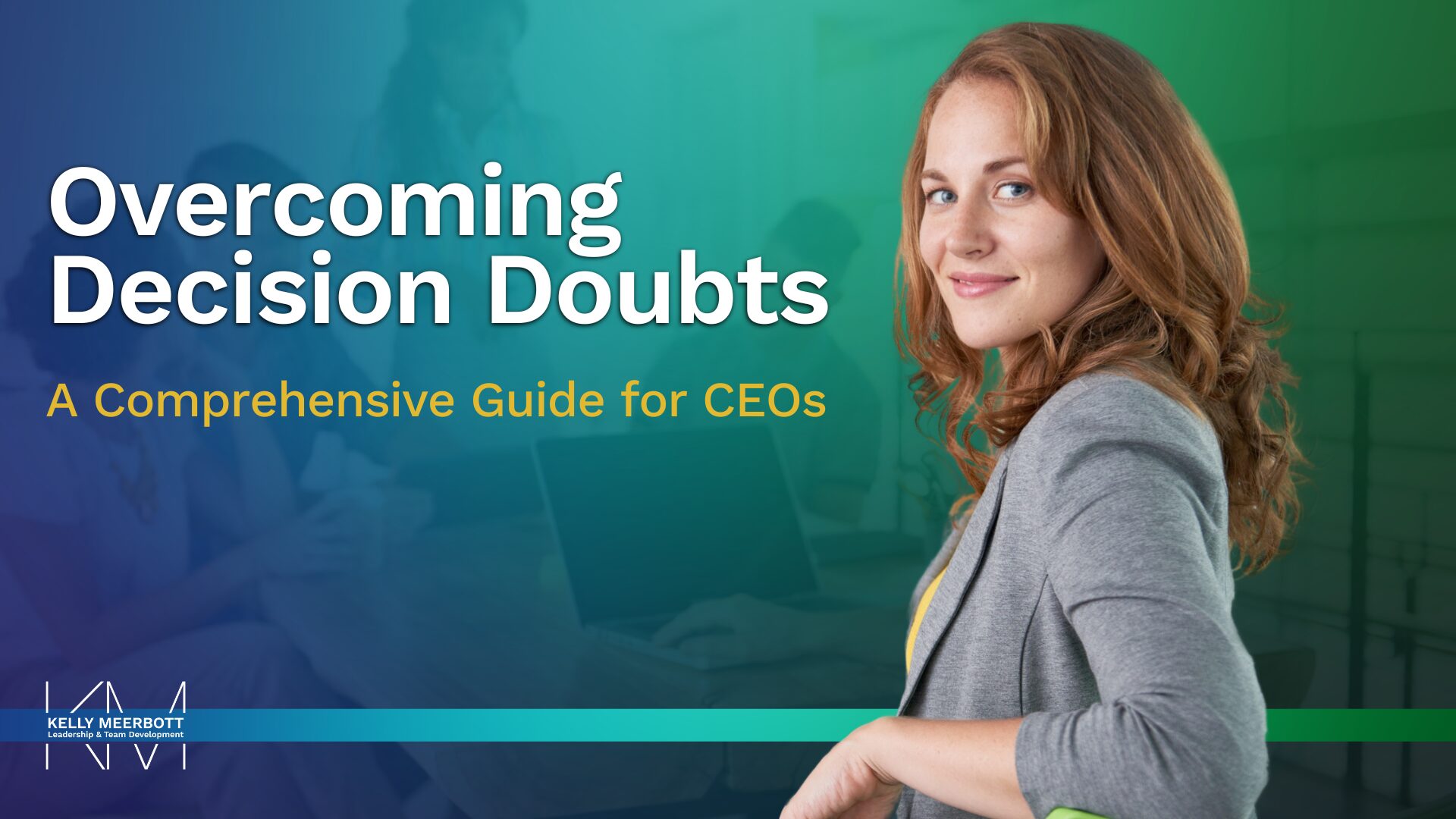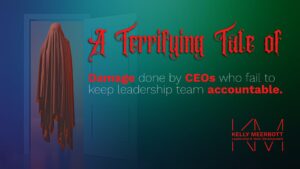As a CEO, making decisions is a critical part of your role. However, doubts can often cloud your judgment, leading to indecision or second-guessing. Overcoming these doubts is crucial for maintaining effective leadership and ensuring the smooth operation of your organization. Here are strategies to help you manage and overcome decision doubts.
Preparation and Research
- Thorough Analysis
Before deciding, please ensure you have conducted comprehensive research and gathered all relevant data. This includes understanding the problem, identifying the options available, and evaluating the potential outcomes of each option. Thoroughly analyzing the situation can reduce uncertainty and increase your confidence in the decision.
- Expert Consultation
Seek input and advice from experts or trusted advisors. They can provide valuable insights and perspectives you might have yet to consider. This external validation can reinforce your confidence in the decision you are making.
Decision Frameworks
- Structured Approach
Utilize decision-making frameworks such as SWOT analysis, decision trees, or cost-benefit analysis. These tools provide a structured approach to evaluating options, making it easier to identify the best course of action. A systematic approach helps ensure that all factors are considered, reducing the likelihood of overlooking critical aspects.
Clear Objectives
- Define Goals
Your objectives and how the decision aligns with your company’s vision and goals. Knowing your goal helps guide your decision-making and provides a benchmark for measuring success.
- Success Criteria
Establish criteria for what a successful outcome looks like. This helps you evaluate the effectiveness of your decision and provides clarity on what you are aiming to accomplish.
Set a Time Limit
- Avoid Analysis Paralysis
Set a deadline for deciding to prevent overthinking and prolonged indecision. A time limit creates a sense of urgency, helping you move forward confidently.
Trust Your Instincts
- Intuition
Recognize the value of your experience and intuition. While data and analysis are essential, sometimes gut feelings, based on accumulated knowledge and experience, can be a reliable guide. Trusting your instincts can push you to decide when the data is inconclusive.
Risk Management
- Identify Risks
Consider potential risks and develop contingency plans. Knowing you have plans to address possible challenges can reduce doubt and provide a sense of security.
- Mitigate Risks
Implement strategies to minimize identified risks. This proactive approach helps you feel more in control and confident in your decision.
Small Steps and Pilot Tests
- Incremental Implementation
Break the decision into smaller, manageable steps or conduct a pilot test. This allows you to see the decision in action and make adjustments if necessary before full-scale implementation.
- Adjust Based on Feedback
Use feedback from these smaller steps to make necessary adjustments. This iterative approach helps you refine the decision and build confidence in its effectiveness.
Positive Self-Talk
- Confidence Building
Practice positive self-talk to reinforce your confidence in making sound decisions. Remind yourself of your strengths and past successes.
- Acknowledge Past Successes
Reflect on past decisions that led to successful outcomes. This will help reinforce your capability and provide a positive foundation for making future decisions.
Seek Support and Feedback
- Mentorship
Engage with mentors or trusted peers who can provide support and constructive feedback. Their experience and guidance can help you navigate uncertainties and reinforce your confidence.
- Team Involvement
Involve your team in the decision-making process. This will provide diverse perspectives and create a sense of shared ownership, reducing the pressure on you as the sole decision-maker.
Commitment to the Decision
- Decision Ownership
Once a decision is made, commit to it fully and focus on execution. This commitment helps drive the implementation process and minimizes the impact of doubt.
- Avoid Second-Guessing
Resist the urge to second-guess yourself unless compelling new evidence requires reconsideration. Trust in the process you followed and the decision you made.
Learn and Adapt
- Continuous Improvement
Treat each decision as a learning opportunity. Reflect on outcomes and incorporate lessons learned into future decision-making processes. This approach helps you grow and improve as a decision-maker.
- Flexibility
Be willing to adapt if necessary. While commitment is important, flexibility allows you to respond to new information or changing circumstances without being paralyzed by doubt.
Stress Management
- Relaxation Techniques
Practice stress management techniques such as mindfulness, meditation, or exercise to maintain mental clarity and reduce anxiety. A clear and focused mind is essential for confident decision-making.
- Work-Life Balance
Ensure a healthy work-life balance to avoid burnout. Taking time to recharge helps maintain your overall well-being and decision-making capabilities.
Embrace Uncertainty
- Acceptance
Accept that uncertainty is a part of decision-making. No decision comes with a 100% guarantee of success. Embracing this reality can help reduce the fear of making the wrong choice.
- Resilience
Develop resilience to bounce back from setbacks. Understanding that not all decisions will yield the desired outcome prepares you to handle challenges more effectively.
Building a Decision-Making Culture
- Empower Your Team
Foster a culture where decision-making is shared and encouraged at all levels. This not only distributes the decision-making load but also builds a more resilient and adaptable organization.
- Continuous Training
Invest in training and development for yourself and your team to enhance decision-making skills. Continuous learning helps everyone stay sharp and confident in their abilities.
By applying these strategies, you can manage and overcome doubts, enhancing your confidence in making and sticking with decisions. This approach benefits your personal growth as a leader and contributes to your organization’s overall success and stability.
Kelly Meerbott, PCC is a renowned expert in executive leadership. 90% of Kelly’s clients achieve their goals, underscoring the effectiveness of her methods. As a keynote speaker, author, and podcast host, Kelly continues to influence the field of executive leadership.
Kelly is currently accepting new clients for 2025. Discover how her coaching can transform your leadership journey.





